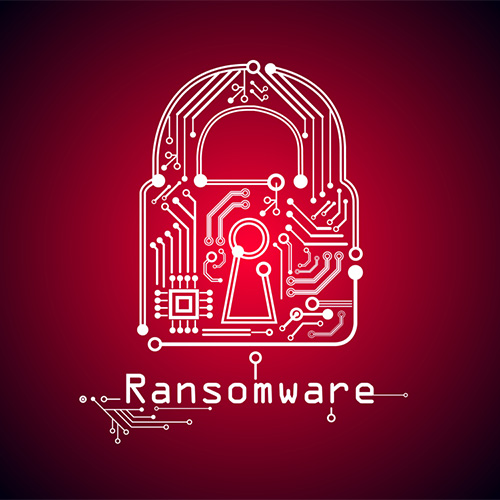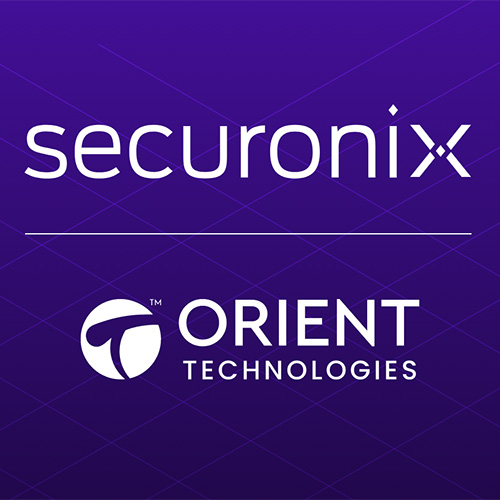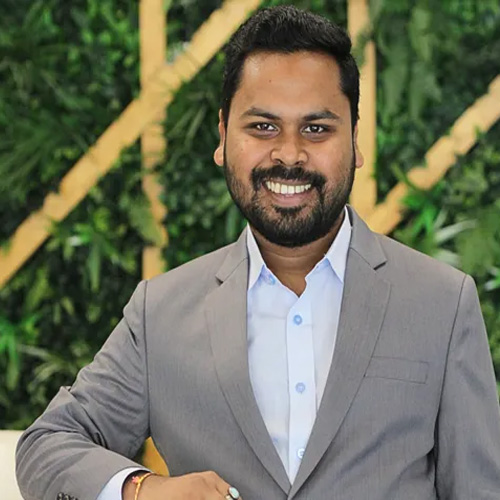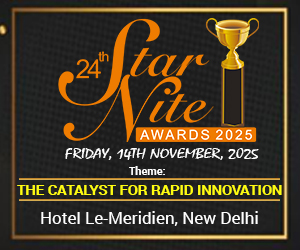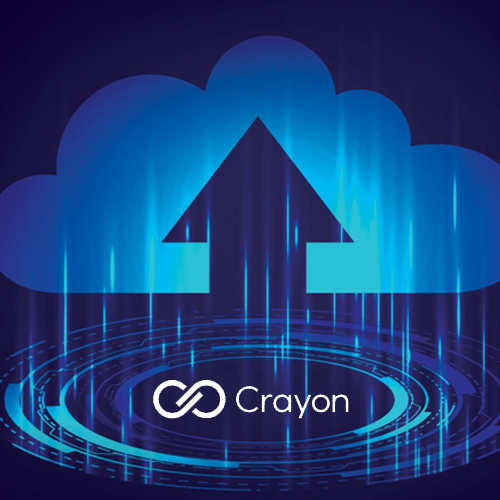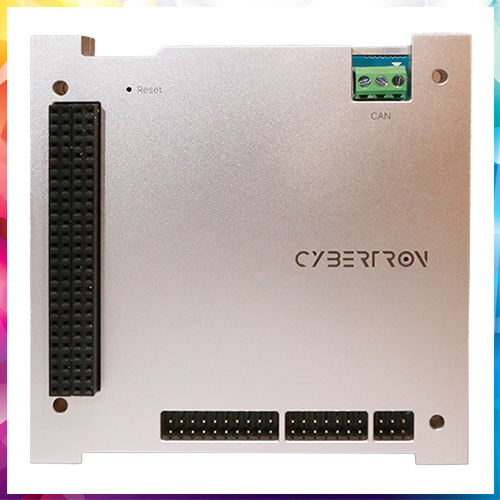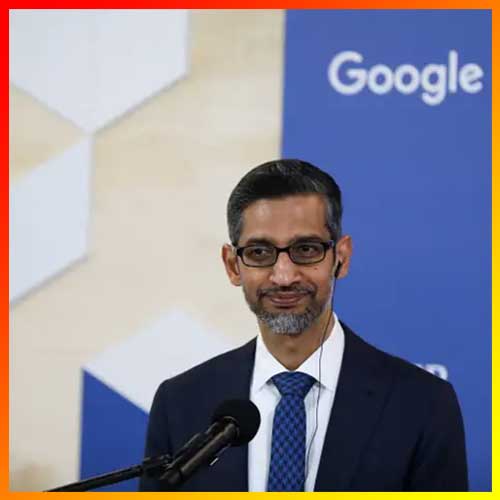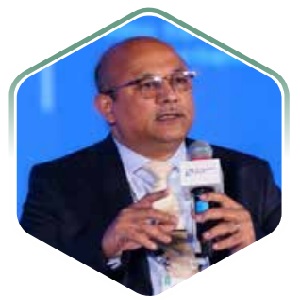
SANJAY KUMAR DAS
NATIONAL CYBER SECURITY SCHOLAR DEPARTMENT OF IT & ELECTRONICS,
GOVERNMENT OF WEST BENGAL (WBCS)
The enterprise technology landscape in 2025 is driven by advanced, integrated trends designed to boost resilience, privacy, and proactive security. AI-driven automation is streamlining operations and enabling predictive decision-making, while the transition to post-quantum cryptography (PQC) is safeguarding data against emerging quantum threats. Zero-trust architectures (ZTA) are becoming foundational, enforcing continuous verification, and AI is increasingly embedded into cybersecurity strategies for predictive threat intelligence.
Decentralized Identity (DID) systems are improving user privacy and control, while confidential computing and blockchain innovations are enhancing data integrity. A standout strategy is Continuous Threat Exposure Management (CTEM), which takes a proactive stance in identifying, assessing, and mitigating vulnerabilities across complex digital ecosystems. CTEM extends beyond traditional endpoint monitoring, incorporating asset inventory, exposure mapping, behavioral analytics, and real-time threat modeling.
Organizations are also integrating AI with security orchestration (SOAR), automation, and behavioral- based zero-trust authentication. Cybersecurity mesh architectures and federated learning are helping ensure secure, scalable, and privacy-preserving operations across hybrid environments.
While CIOs, CTOs, and CISOs continue to play evolving roles in governance and security, the emphasis is on collaboration around CTEM, predictive analytics, and AI governance. This future-focused strategy positions enterprises to manage cyber risk holistically, ensuring digital transformation remains secure, compliant, and resilient in the face of accelerating threats.

See What’s Next in Tech With the Fast Forward Newsletter
Tweets From @varindiamag
Nothing to see here - yet
When they Tweet, their Tweets will show up here.





